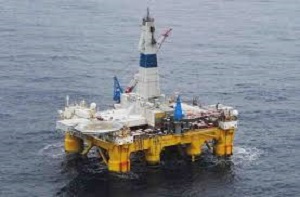Petrophysical Study of Low Resistivity Character of Oil-Bearing Zones, Neem Oilfield Block
This research presents an overview of petrophysical research and exploration achievements in Block-4, Muglad-Basin Sudan. The main objective is to identify the geological and petrophysical characteristics of the oilfield. And the methodologies established in this research to identify low resistivity pay (LRP) zone using the software interactive petrophysices in general and then make a well correlation between geological column data (masterlog and well log). The total porosity from density –neutron log is also measured, production results indicated low productivity due to high irreducible water saturation caused by very fine grain size or high clay content, and the lithology is a mix of quartz and clay minerals. The reservoir is classified as tight oil base on the production data 50-120bbl\d. the South western and North eastern part of the field is having varying electrical property, the electrical resistivity range of hydrocarbon producing interval of this sand varies from 3 ohmm to 300 ohmm, therefore due to its low resistivity it became difficult to identify its hydrocarbon bearing potential on normal logs. Also according to the planetological studies in core, one can classified two Low resistivity pay zones in Neem Oilfield, the first interval is Zarga Formation which classified as Aptian-Cenomanian age. The second interval is Aradeiba Formation which classified as Neocomian age.
